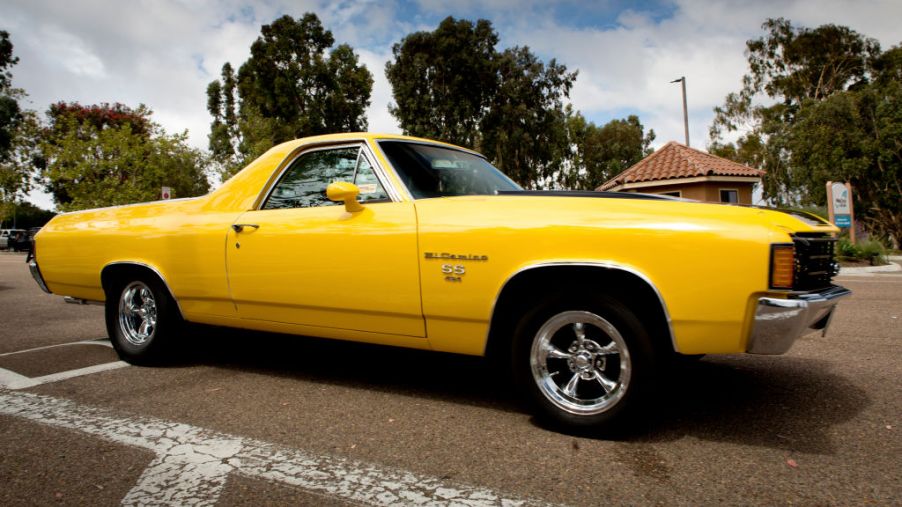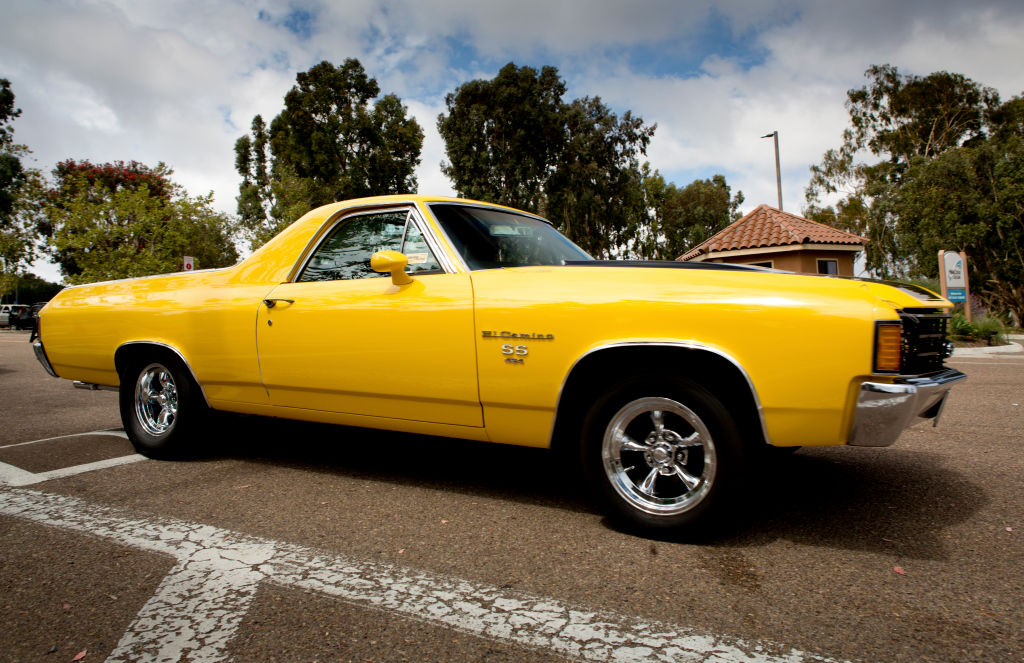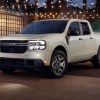
Is the Chevrolet El Camino a Car or a Truck?
Sure, there are plenty of crossovers and hybrid variety vehicles out there today, but there aren’t any quite like the Chevrolet El Camino. It’s been decades since the El Camino was dropped from the Chevrolet lineup, but it remains one of the company’s most revered cult classics. To the unassuming eye, the line between car and truck are so perfectly blurred that the question remains valid. Is the El Camino a car or a truck?

The El Camino’s history
In 1958, Chevrolet unveiled the El Camino as a sedan and pickup truck hybrid. The idea was to have a comfortable and stylish sedan style care in the front, while also having the hauling power and weight capacity of a pickup in the back.
Chevrolet wasn’t the first to have this idea. In fact, similar designs had been used in other parts of the world for decades. The Ford Ranchero was the first to make waves in the 1930s by finding popularity in Australia, but the El Camino was the first of its kind to make an impact on the American market.
With inspiration taken from previous models that had found success overseas, Chevrolet released vehicle with the intention of creating the ideal cross between a truck’s power and a sedan’s drivability.
As mentioned, the model eventually went on to become a cult classic, but just as many other cult classics that weren’t recognized in their time, the El Camino was almost dead on arrival. Chevrolet discontinued the El Camino after just two years of lackluster sales.
It wasn’t until 1964 that Chevrolet decided to release a newer, heftier version using the new Chevelle platform. By the late ’60s and early ’70s, the SS engine transformed the El Camino into one of the United States’ most popular versions of the classic muscle car.
For more than a decade, it continued to appeal to muscle car enthusiasts enthralled by its unique style, but it was a short-lived reign. In reality, the demand for a pickup-truck/sedan crossover was not nearly enough to save it from its demise. Chevrolet discontinued the El Camino in 1987, killing an under-appreciated beauty but paving the way for its future cult status.
So, car or truck?
First and foremost, the El Camino is a truck. Early Chevrolet manuals commonly referred to it as “the sedan pickup.” You can see why, with a cargo capacity of 1,150 pounds and a bed volume of about 34 cubic feet.
It was a purpose-built vehicle first and foremost, intended to carry heavy cargo and haul more weight than any passenger car ever could. While the question may understandably confound many at first glance, Chevrolet made the answer clear ever since it was first released alongside 13 other truck and van models. The El Camino is a genuine pickup built to be something more.
With this matter settled, the car-like qualities of the El Camino are definitely what makes the vehicle unique. The original late ’50s model was built on the Impala body, while later versions were built on the Chevelle. It featured cat’s eye taillights, stylish rear fins, and according to ads, it rode and handled like a convertible.
With the addition of SS engines in later models, the El Camino was given the “muscle car” status that carried its name and image into pop culture. Though not a true muscle car per se, the term perfectly demonstrates why people today still love this vehicle.
It’s a sedan style pickup truck that’s fit for leisure driving and heavy lifting. It’s a vehicle that stands out in American culture and history, that’s both powerful and stylish, and that hasn’t been replicated since.


